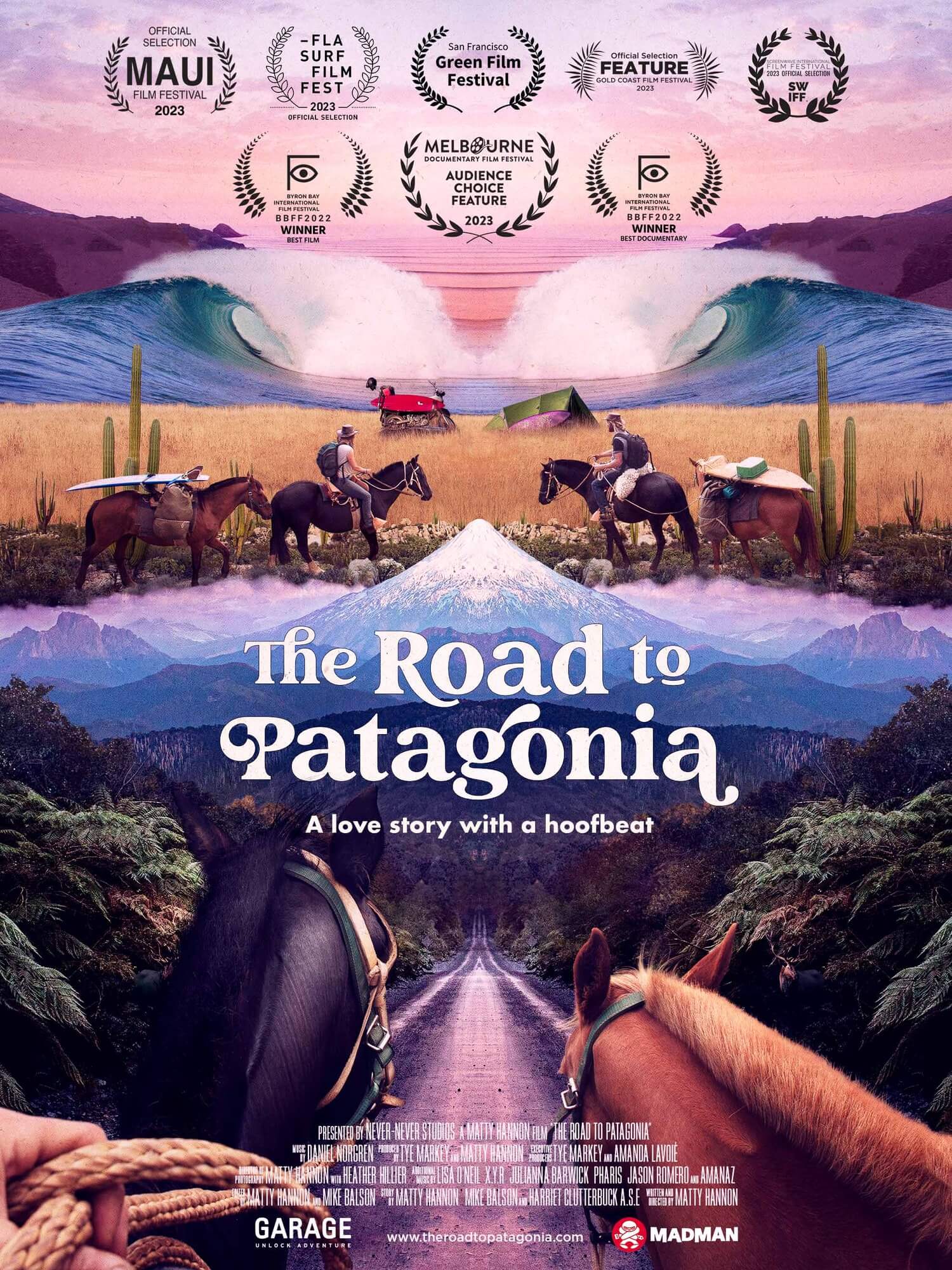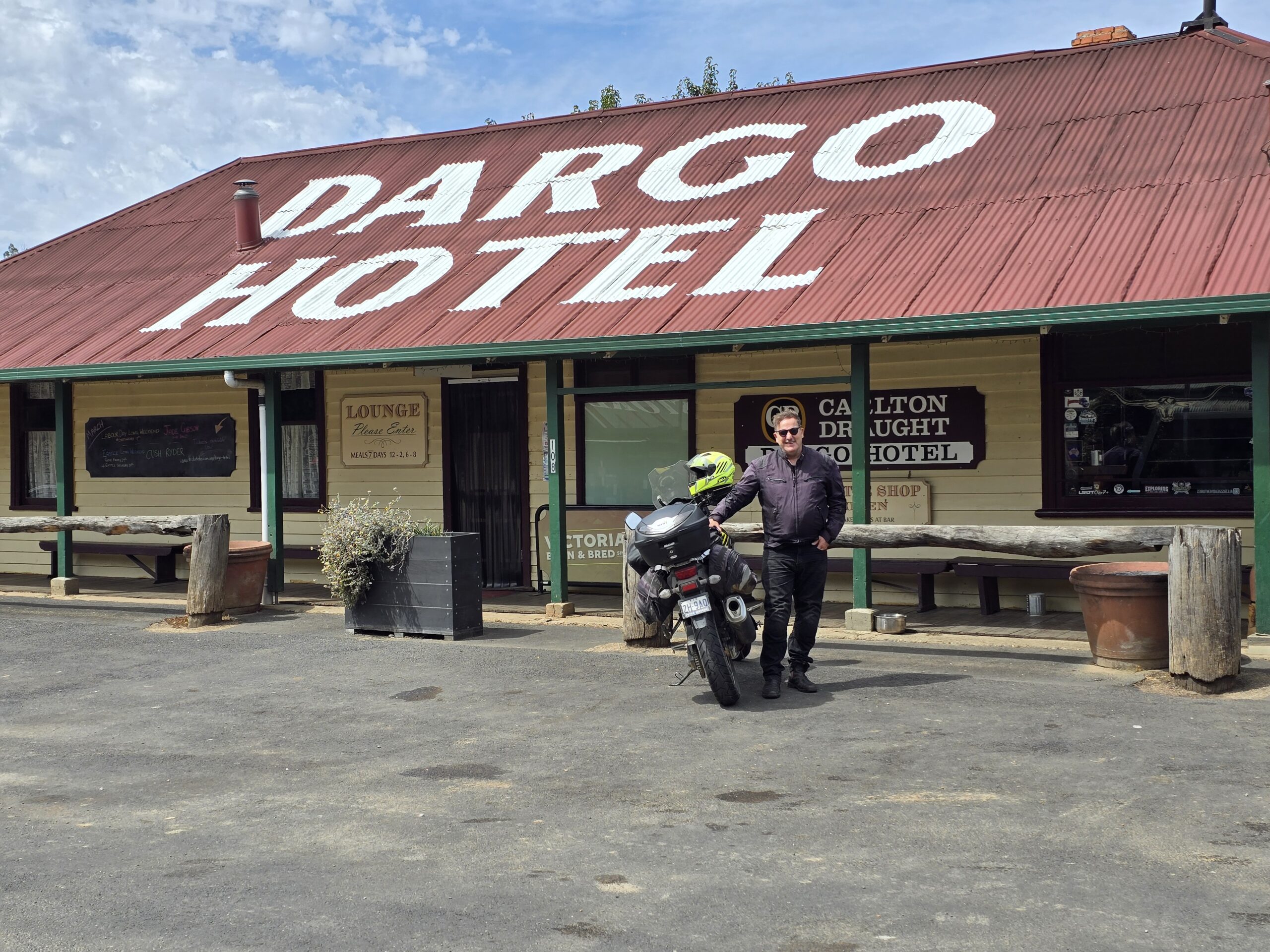-

Thailand afresh
Bangkok is an addictive and chaotic symphony of contradictions. The city has morphed from a 15th-century trading post into a sprawling urban jungle where ancient temples stand shoulder-to-shoulder with horrible shopping malls. The city’s complexity is its charm. You can lose yourself in the labyrinthine of the markets, where every stall offers a consumer overload,…
-

Reflecting on Julian Assange: Internet activism and the fight for transparency
I first became aware of Julian Assange in the book Underground: Tales of Hacking, Madness and Obsession on the Electronic Frontier by Suelette Dreyfus 1997. I heard a reading of the book in an Internet Café on Brunswick Street, Fitzroy. Assange was the character Mendax in the book, although it was not widely known then…
-

Time and nature: an exploration of Maria Island
On a severe Wednesday morning, we embarked on an expedition to Maria Island, situated off the east coast of Tasmania. The ferry from Triabunna was conspicuously devoid of visitors, save for us and a couple of scruffy rangers, setting the stage for an intimate and undisturbed exploration of this historically dark and ecologically profuse island.…
-

Through contrasts: A motorcycle journey to Kosciuszko
Sometimes, the best motorcycle journeys aren’t just about riding, as fun as this is. They’re about contrasts, surprises, and moments that stick with you long after the engine has cooled down. My recent four-day trip from Melbourne’s Fitzroy to Kosciuszko National Park ticks these boxes. I began the first leg of my journey with a…
-

The Road to Patagonia (movie review)
“The Road to Patagonia” is a travel documentary that follows Melbourne dude Matty Hannon on his journey by motorbike and horse to surf the west coast of the Americas. The film explores themes of love, life, and environmental consciousness as Hannon’s journey intersects with the life of Heather Hillier, a permaculture farmer who becomes his…
-

Wild rides through Victoria
The thrum of my Suzuki V-Strom 1000 was a familiar sound as I pulled out of Fitzroy, Melbourne, ready for adventure. Marysville was the first stop, easing me into the journey with its charm and hint of the tougher terrain to come. But even here, the air carried a sense of change, of leaving the…
